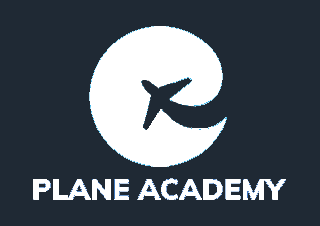What qualifications and skills do you need to become a pilot?
If you dream of becoming a professional pilot it’s worth spending some time reflecting on what it takes, academically and personally, to achieve your goal before committing significant amounts of time and money. A surprisingly broad range of skills are needed, and it’s vitally important not to concentrate solely on the academic and technical side but to consider the personal attributes that are required in the flight deck environment. Many people have failed to achieve their dreams because they have overlooked this. A few of the key personal attributes are outlined below…
Resilience and Determination to Succeed
From initial flight training to retirement, a flying career will be punctuated by significant highs and lows. Passing flying tests, securing your first job and promotion, failing flying or ground tests, potential redundancies, personal financial difficulties, sometimes company bankruptcies, fleet changes, relocation – the unfortunate reality is that most pilots may experience some of these difficulties during their careers. An individual must be prepared and able to deal with such challenges if his or her ambitions are not to be derailed.
Academic Qualifications
There are plenty of documents in the public domain detailing the academic or technical requirements you need before embarking on flight training. It helps to have an idea of how things work mechanically and to have a sense of what engineering and physics actually are, but it is not the be-all and end-all and you can succeed as a pilot without achieving top class honours in these fields. We recommend good GCSE passes in mathematics, English, science and preferably a second language. Additionally, good A-Level qualifications are normally required, but a solid grounding in the ‘university of life’ is equally valuable as it usually adds commercial awareness and people skills to the CV.
Academically, pilot training is not as demanding technically as is generally perceived. However, what poses the biggest challenge is the volume and breadth of material to be assimilated in a short time. This is often where people fall down, particularly those who have been out of education for a while.
Personal Attributes
Certain personality types are better suited to the role of pilot. People skills are a key requirement, and a lot rests on how you interact with others socially or deal with people in a working environment. On the flight deck you will be working closely with one person for long periods of time, and if you find it hard to interact it will make for an uncomfortable experience.
Flexibility
A flexible approach is imperative in the modern airline industry. Throughout your career you will face the unpredictable, whether it be multiple roster changes, air traffic delays or changes in financial circumstances. Your ability to deal with constant changes to your routine and lifestyle will be tested.
Decision Making and Management Skills
While it pays to have good basic flying skills, on the modern flight deck you need so much more. It is essential to have sound and mature decision-making, communication and management skills, and a healthy level of common sense is vital. You must be able to make the correct decision quickly and accurately, to communicate effectively and to follow a plan logically. This is the key to an efficient and safe flight deck. The management of systems, tasks, and checklists is a major part of the pilot’s job. Monitoring yourself, the other pilot and the aircraft, it could be argued, is perhaps even more important than the stick and rudder skills you may have considered to be all that was required.
Where you will train
Most large flight schools use fair weather bases which can vary all over the world, from Arizona, Florida, New Zealand, Spain and so on. The point is to get as much flying done in guaranteed good weather.
Pilot training courses
Becoming a pilot in the U.K. or Europe means your pilot training will be regulated by the European Aviation Safety Agency (EASA) and your training will be tailored to meet EASA requirements. The other main regulatory body is the Federal Aviation Agency (FAA) which governs flight training in the U.S.A.
So… What type of course should I take?
Training in the UK and gaining a UK licence is viewed globally as the gold standard. As the holder of a UK licence you will have the ability to gain flying employment all over the world with very little conversion training. There are three accepted routes to obtaining a licence that will enable you to fly for an airline. They are commonly known as:
Integrated
Modular
Multi-crew Pilot Licence (MPL)
The Integrated and Modular paths lead to exactly the same licence while the MPL gives you a Frozen ATPL, which has certain restrictions.
Each route has its pros and cons and will suit some people more than others. The individual circumstances and preferences of the student will usually dictate the choice of route. You must look at each option, and weigh up which will best suit you.
The Integrated Route
It is widely accepted that this is the best route directly into an airline, and when recruitment is on the increase in times of pilot shortage, it probably is. The Integrated Programme provides intense, structured training over a relatively short period, maintaining a standard and continuity that is essential to the successful completion of any flying course. It provides a key element that any recruiter is said to be looking for – continuity of training.
Before being accepted onto the Integrated Programme you will have to pass a selection test. This will give you some idea of your aptitude and suitability for this career and will highlight any areas of weakness – vital information for you to have before you spend money. The test attempts to emulate the process of airline selection and on the whole, depending on the school, it does the job.
Once on the course as a trainee, you follow strict syllabus numbers during all elements of your training, which allows you to track your progress and keep an eye on what’s coming up next.
The Integrated Course has four main elements:
Flight Training (Basic and Advanced)
Multi Crew Cooperation Course (MCC)
Jet Orientation Course (JOC)
Airline Preparation Course
Each of these elements follows a chronological order, and once it is completed you will be issued with an Air Transport Pilot Licence (ATPL).
The immediate down-side to this type of training is that it can be expensive. The major advantage is that you are at a single Flight Training Organisation (FTO) throughout your training, and they are contracted to get you through to completion. Keep this in mind when choosing your FTO, as you will suffer significant penalties, both financially and from a training perspective, should you choose to withdraw before completion. Furthermore, if you are not on an airline integrated route (i.e. you have been pre-selected by an airline before or during your training) there could be a risk you will suffer training delays first if for example the training aircraft has technical issues. This should be checked before you sign your training contract.
Another key factor to remember is that basic training is largely carried out at the ‘fair weather base’ of the FTO, with the student returning to the UK only to complete the advanced Instrument Rating part of the course. Essentially you will have paid the same amount of money to train in the USA or Spain, for example, as you would have paid had you stayed in the UK. Given that it is cheaper to fly in the USA or Europe than in the UK, pound for pound you would have spent more hours in the air had you completed the flying outside the FTO. This is a valid reason for choosing the Modular Route, which could allow you to finish with more flying hours than the Integrated Programme.
The style of teaching of the Integrated Programme must also be considered as it may not suit everyone, particularly the more mature candidate. It can be regimented, and you have to wear a uniform with stripes earned for each flying milestone, although it must be said that those stripes go some way to making you feel part of the flying fraternity. If you have been out of training for a while this may not be the option for you. Don’t count it out solely because of that – research it thoroughly. Visit many FTOs before you commit, and speak to the people already there.
When you leave the Integrated Course you will have completed:
195 hours Flight Training (Actual and Simulator)
750 hours Ground School
Most, if not all Integrated Courses are classed as ‘minimum hours’, which means that any flying required above the prescribed minimum – for example, a failed test requiring some re-training – will have to be paid for in addition to the normal course fees.
Enter the training in the full realisation that you are probably going to go over minimum hours, and it is going to take longer and cost more than anticipated. A typical overfly amount is around £1,000, but it can be more if you need extra hours at the multi-engine aircraft stage. Make sure you investigate these extra hour fees before signing up.
Tip: Ask the school what would happen if any of your training was delayed.
The Modular Route
This alternative will furnish you with the same licence as the Integrated Programme but will give you an additional level of flexibility because it allows you to complete one section at a time, at a pace that suits you and your finances, and in a more convenient location for you. You will complete the same sections as the Integrated Route, but the absence of a rigid completion programme may dovetail better with your lifestyle. This is not to say there is no focused structure to the Modular Route; while it covers the same sections as the Integrated Route they are completed in a slightly different way, and a careful structure is important if the course is to be completed in a timely manner.
The major difference is that you start the commercial training after gaining a PPL (A) and a minimum of 150 hours flight experience. The prospective commercial pilot needs to use these hours wisely. It is considered to be of little use to fly around the local area on sightseeing tours, or just have fun with friends on land-aways. Fly with your commercial goals in mind. You would be wise to look at the syllabus of the Integrated Course and fly similar exercises when building hours on the Modular Route.
You will take the same ground school exams and the same CAA flight exams as the Integrated Route cadet once the 150 hours and night rating have been completed. On the Modular Course, however, you avoid all the interim flight tests involved in the Integrated Course so you are examined less during training. The average Integrated Course involves five progress tests as well as the Instrument Rating test. An advantage of the Modular Route is that you can specify how and when you would like to take your tests. As an example, on most Integrated Courses the cadet would be required to combine the CPL skills test with the multi-engine complex rating test. On the Modular Route you can take the CPL skills test in a complex single aircraft and complete the multi-engine rating at a later date.
The candidate for the CPL (A) must have logged at least 200 hours before he or she can apply for the licence. Comparing this to the Integrated Programme shows that a modular student will have flown more hours and possibly spent a little less money than the Integrated student. The key to success in pursuing the Modular Route is consistency and focus of training. Find a good school and stick with it, and do as many hours in the UK as possible, although this is not essential. Structure your hours so that you are completing worthwhile training tasks similar to those in the Integrated training syllabus.
As an aside, it has been suggested that it may be cost-effective to get an ATPL in another country – for example an FAA licence in the USA – then convert it to a UK or European licence. This we don’t recommend, as converting to a UK licence means more flight tests and ground school. You really should limit the amount of flight tests and time spent on your basic training, and try to do the flight training in the country in which you expect to do your Instrument Rating test and overall flying in. As usual there are exceptions to this, and you may find it beneficial to go through this process. If you do ultimately require a licence for another country, it is easier to convert from the UK/JAR licence than the other way around. You may wish to consider completing some of your primary flight training at a reputable school abroad, but be careful to undertake any such flying at a school which is either recognised by the UK CAA or has a good knowledge of JAR/EASA requirements. We would normally only recommend completing PPL, night, IMC and perhaps multi engine rating abroad. These qualifications are relatively simple to convert to UK/JAR/EASA equivalent, but anything more becomes challenging.
The Multi-Crew Pilot Licence
The Multi-crew Pilot Licence (MPL) is a new concept and is structured very differently to more traditional flight training. It should only be considered if you want to fly for a specific airline on a certain type of aircraft. It allows the holder to exercise the privileges of the Frozen ATPL but is limited to a specific type, certificated for multi pilot operation only. This is not the training path of choice if you are looking to become an instructor, or want to do anything other than fly for an airline. One major difference is that it has significantly fewer flying hours during the course, but this is offset by the increased number of hours you have to fly in an advanced full-flight simulator. This licence is designed to get a cadet from zero hours to the right seat of a specified aircraft type. The preliminary type rating for your aircraft is included in the course, and it is specific to a single airline as their Standard Operating Procedures (SOPs) are included. This ultimately means that the licence is issued with restrictions allowing the pilot to fly only with that airline on that specific type, and the licence is not fully valid until the type-rating course for that specific airline has been completed.
If that airline goes bust before the restrictions are lifted, retraining may be required at extra cost. Is it possible to convert to the more traditional licences? So why go for this type of licence? If you are on this course, it should mean you have identified an airline and aircraft type you want to fly and are already employed by an airline, or part-sponsored and have a job at the end of your training. If you don’t have a job offer, it is not recommended that you embark on this type of training.
MPL Misconception
Your MPL would be a frozen ATPL just like any other, except it is restricted to multi pilot aircraft only. Once you have met the perquisite experience you can apply for the ATPL and thereafter you are entitled to operate as Pilot in Command on multi crew aircraft. If you want commercial single crew privileges then you must meet specific requirements. The MPL includes a type rating for initial issue. Once you have completed Line Training you can then convert to any other aircraft just as a frozen ATPL holder.
The most important thing to do before you start!
To operate as a commercial pilot you must be 17 or over and will require a Class 1 medical certificate have general medical fitness, good eyesight and hearing which are all prerequisites for any type of flying. There are a number of medical conditions that could prohibit you from making a career in flying, so obtain your Class 1 medical before you take any other step. This will ensure that either you are fit to complete the training and pursue the career, or identify that you have underlying medical issues that could prevent you from achieving your goals. If you suffer from a problem which militates against you becoming a commercial pilot, it’s better to find out at the start rather than after you have spent thousands of pounds on flight training. There is no point in taking aptitude tests, visiting FTOs and signing up for courses if you cannot pass a Class 1 medical.
Medical Examination
Initial Class 1
You should be fit, have good eyesight and hearing, and have no current or previous illness which might interfere with the safe exercise of a commercial or airline transport pilot’s licence.
The initial medical examination must be done at an Aeromedical Centre (AeMC) such as the CAA at Gatwick.
Some of the tests have to be reported by external consultants and the results are then gathered together. The medical officer doing your physical examination should be able to tell you whether all seems normal. Once the results are collated, and are satisfactory, your medical certificate will be issued. Often this is possible on the same day as your initial examination.
Allow Four Hours For Your Medical
The Tests in your Class 1
Vision – Distance
This is the commonest cause of difficulty during the examination. The exact requirements are listed at Class 1 Visual Standards/European Class 3 Visual standards. If you are in any doubt you should take a copy of the standards to an optician who will be able to interpret them. This will allow you to have an initial eye test before your examination. If there is any further doubt you should send the optician’s report to the AeMC for assessment.
Vision – Near
On the standard near vision eye chart you must be able to read the N5 print between 30 and 50 cm and the N14 print at 100 cm, with or without correction.
Hearing
The basic hearing test is the ability to hear conversational speech when tested with each ear at a distance of 2 metres. An audiogram is required and measures the ability to hear sounds at different frequencies (pitch).
Medical Examination
Medical History
These are questions about any previous illness declared on your application form. You will be asked about them by the examining doctor, and if there is any major illness in your past, it is important to bring reports about it from your family doctor or specialist. Simple appendicitis or a broken arm are not regarded as major illnesses.
Physical Examination
A general check that all is functioning correctly. It will cover lungs, heart, blood pressure, stomach, limbs and nervous system.
Electrocardiogram – (ECG)
This measures the electrical impulses passing through your heart. It can show disorders of the heart rhythm or of the conduction of the impulses, and sometimes it can show a lack of blood supplying the heart muscle. In the unlikely event of these changes showing on your ECG, further tests with a report from a cardiologist will have to be sought (these can sometimes be carried out at the AeMC). Most changes turn out to be of no significance and if they appear again on your subsequent ECGs they can normally be discounted, as they have already been investigated.
Lung Function Test (spirometry)
This is a test to evaluate the efficiency of your airways. Having asthma does not disqualify you from holding a Class 1 medical, but it must be controlled by your medication and this is assessed by spirometry. If these results are outside the acceptable limits you will be required to undertake an exercise test.
Haemoglobin blood test
This is a finger prick blood test which measures the oxygen carrying capacity of the blood. A low haemoglobin is called anaemia and will need further investigation.
Cholesterol blood test
The same finger prick as above. There is no disqualifying level, but the possible health risks of a high cholesterol will be explained by the doctor at the time of your examination.
Urine test
Mainly looking for sugar (diabetes), protein or blood.
Estimated Medical Cost (2018)
£594.
Can I fly with diabetes?
Pilots with diabetes treated with insulin (and other medications that significantly lower blood glucose), may now be considered for medical certificates by the CAA.
Until now, only a limited number of medications for the treatment of diabetes have been allowed for pilots and air traffic controllers (ATCOs) applying for Class 1, 2 and 3 medical certifcates. However, over recent years there have been advances in the treatment and monitoring of the disease, allowing the control of the condition and any complications to be managed more effectively. The decision should allow more licensed pilots and ATCOs, who have diabetes, to continue to undertake operational duties safely.
Individual diabetic applicants who are granted medical certificates under the new protocol will, however, be subject to a rigorous monitoring regime, including demonstrated stability of their condition, and regular blood sample self-testing during flight/duty. This is to ensure that an individual does not begin a flight or shift with too high, or too low, a sugar level, and that a safe level is maintained.
Overview:
Stage 1: Research
With so many options for pilot training in the U.K. and Europe, it can feel difficult to know where to start researching. Many of our trainee pilots say the blog posts from current and alumni cadets helped them get a feel for the different flight schools, as well as attending our events and flyer shows where you have the opportunity to speak with our careers advice team and professional pilots.
Stage 2: Application
We advise all prospective pilots to take their time, read the Application & Selection documents carefully and check that they meet the entry criteria before submitting their application.
Stage 3: Selection
The selection days are challenging but as long as you are prepared for the day there is no need to be nervous. Flight schools will only accept applicants onto their pilot training programs who have the potential to eventually take command of a passenger aircraft and we will assess you on both the technical and non-technical skills required to become an airline pilot.
You can find further information on our selection process and how to prepare below.
Stage 4: Ground school
Once through selection you will embark on the initial phase of flight training known as ground school. You will meet your fellow course mates, settle into your accommodation and complete your classroom and computer-based theoretical knowledge training.
Stage 5: Foundation flight training
Often the most exciting stage of the course, you will take to the skies, learning to fly single engine piston aircraft across the world. The exact aircraft, location and duration of this phase will depend on your program and flight school.
Stage 6: Commercial and instrument flight training
The content of this training will depend on the course you have chosen, but will involve single and multi-engine aircraft and assessments in Full Flight Simulators.
Stage 7: Intermediate training
If you are on an MPL route, this will involve aircraft type-specific training on the plane you will be flying with that particular airline. On the Airline Transport Pilot License (ATPL) route you will take and Airline Qualification Course (AQC), Jet Orientation Course and Multi Crew Cooperation course (JOC MCC).
Stage 8: (ATPL students only) Airline Placement
Eligible students will be placed in a graduate placement pool where the flight schools team will work to secure you employment as a Co-Pilot with a global airline.
Stage 9: Advanced training
You will undertake aircraft type-specific training to prepare you to fly for your airline. You will also complete Line Orientated Experience (LOE) and line check with your airline employer as well as safety, emergency and procedures training.
Stage 10: Junior Co-Pilot
Congratulations! You are now employed as a Junior Co-Pilot, sitting in the right hand seat of the flight deck flying passengers on commercial aircraft.
Entry criteria – United Kingdom & Europe
The following entry criteria are rough estimates on the large UK Flight schools applying to Integrated ATPL career program. Airline MPL routes vary so please check before you apply.
AGE AND HEIGHT
Be at least 17 years of age to submit an application.
Be at least 18 years of age to commence commercial pilot training (program dependent).
Minimum height 5 ft. 2 in. (157 cm), maximum height 6 ft. 3 in. (191 cm).i
EDUCATION AND ENGLISH LANGUAGE
Hold a minimum of 5 GCSEs (or equivalenti) in different subjects at grade C or above, which must include Mathematics, Science and English language.
Be able to demonstrate that you have successfully completed secondary or high school education (or equivalent).
Be fluent in English (verbal and written).
MEDICAL
Be able to obtain an EASA Class 1 Medical without restrictions.
CRIMINAL RECORD CHECK
Produce a criminal record check (CRC) basic disclosure certificate before training can commence.
VISAS
Have the unrestricted right to live and work in the European Economic Area (EEA) or Switzerland.
SELECTION
Pass an application and selection process.
Selection process & how to prepare
For full-time, integrated programs, aspiring pilots are required to pass an application & selection process consisting of online testing, group exercises and interviews. The process is designed to assess the core competencies and skills required to become a trainee, Co-Pilot, future Captain and beyond. Selection events vary from program to program to ensure we are assessing to specific airline requirements. If your application is successful, full information will be provided about your forthcoming selection process to give you a true expectation of the day.
Technical assessment
You will be required to sit the full suite of aptitude tests. These ability tests are directly aligned and related to the key aptitude indicators required of a commercial airline pilot’s competencies. The tests vary but is comprised of elements which include the two verifier assessments which are sat at the online stage. The whole technical test will take around 45 minutes to complete which includes a briefing. The categories that will be test are:
Spatial orientation
Complex control
Reaction speed
Monitoring ability
Multi-tasking capability
Applied numeracy (with calculator)
Non-technical assessment
During the day you will be invited to complete a group activity exercise allowing you to demonstrate your interpersonal skills and qualities. These exercises are designed to encourage discussion and debate from all team members and are often based around fictional scenarios. You will be required to read through relevant briefing information and adapt to changing goals. Remember to get involved; the assessors can only comment on what they see.
Communication
Team working
Leadership
Situation awareness
Decision making & problem solving
Interview
The interview is conducted on a one-to-one basis and will take approximately 30-45 minutes to complete. If you are applying to an Airline Program, it is not unusual for an airline representative to also attend the interview phase. During the interview the assessors are looking to get to know you better and understand some of your past experiences. This is a competency or evidence-based interview and you will be required to provide recent and relevant answers.
Key areas of focus
Communication
Motivation
Commercial awareness
Leadership (potential)
Team work & cooperation
Decision making & problem solving skills
Workload management, resilience & standards
Further airline assessment
If applying to an Airline Program, you may be required to complete a further assessment with the airline or an team may conduct this on behalf of the airline. This will vary depending on specific airline requirements but could include further technical tests and interviews.
Before you arrive
prepared
Before any selection event ensure you are clear on what to expect from the day. Prepare all the documents you are required to bring with you on the day, including any copies. If you are feeling unwell contact the selection team as soon as possible and arrange to reschedule your selection event.
Preparation
Prepare for your numeracy test by practicing and improving the speed and accuracy of your mental calculations. This can be achieved by using a revision guide and a stopwatch to apply time pressure. For the non-technical elements, try to anticipate what you bring to a group environment and what areas you can develop in. Research is key. Ensure you are fully conversant with airline industry current affairs; giving particular focus to the airlines we work with and how they operate. Do not fall in to the trap of preparing “model” responses. This can often backfire because applicants may not answer the questions being asked.
